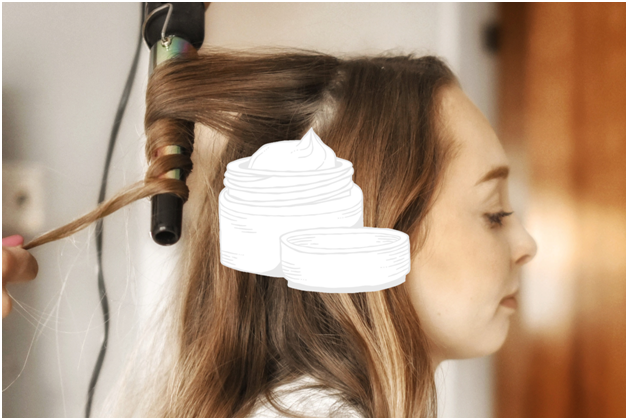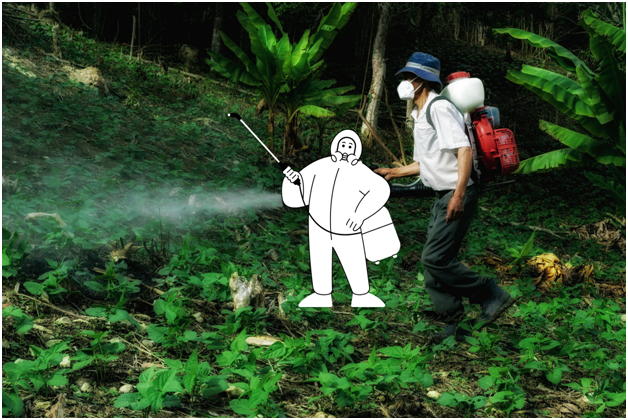The Hair Relaxer lawsuit:
The primary components found in hair relaxers, such as sodium hydroxide, ammonium thioglycolate, guanidine carbonate, lithium hydroxide, calcium hydroxide, and potassium thioglycolate, function by disrupting protein bonds within the hair, aiding in the process of straightening. Nevertheless, consistent and extended contact with these substances may result in scalp irritation, skin burns, and possibly, the development of cancer.
A significant issue regarding hair relaxers involves the potential inclusion of formaldehyde, a recognized carcinogen. Exposure to formaldehyde, whether through absorption into the skin or inhalation during application, presents serious health risks, including an increased likelihood of cancer.
Research conducted by the National Cancer Institute revealed that African American women, who frequently utilize hair relaxers, face a heightened risk of uterine cancer. Additionally, this demographic is more susceptible to enduring enduring health challenges, such as permanent infertility and decreased fertility rates, attributable to exposure to endocrine-disrupting harmful chemicals present in certain hair relaxer formulations.
This significant health concern has prompted a surge of lawsuits against hair relaxer manufacturers, with plaintiffs alleging that these companies failed to adequately disclose the potential risks associated with their products to consumers. While no federal class-action lawsuit has been initiated, numerous individual claims are currently pending.
In one instance, multiple lawsuits against a single manufacturer were consolidated into multidistrict litigation (MDL) in the US District Court for the Northern District of Illinois. This MDL streamlines the legal process by combining similar claims into one case, enabling attorneys to collaborate on legal discovery, expert witness selection, and other aspects of the litigation.
Several cases of uterine cancer resulting from the use of chemical hair relaxers have tragically led to wrongful death lawsuits. These lawsuits seek compensation for various damages, including medical expenses, hospital costs, lost wages, funeral and burial expenses, the decedent’s pain and suffering prior to death, and the family’s grief due to their loved one's untimely passing.
Moreover, research suggests a potential correlation between certain chemically activated hair relaxer products and the onset of breast cancer. Studies indicate that exposure to specific chemicals in hair relaxers, such as lye or guanidine hydroxide, may increase the risk of developing this form of cancer. Notably, users of hair straightening products like Organic Root Stimulator (ORS), which contain lower levels of toxic ingredients, may face a reduced risk.
In conclusion, the ongoing litigation surrounding hair relaxer products represents a critical juncture for both consumers and the cosmetics industry. As lawsuits continue to accumulate, manufacturers are confronted with substantial legal challenges and potential financial liabilities. It is imperative for investors and law firms to closely monitor these proceedings, as their outcomes may have far-reaching implications for industry practices, regulatory standards, and future litigation. In such a dynamic and evolving landscape, remaining well-informed is essential to successfully navigate the intricate legal terrain of hair relaxer cancer lawsuits.





